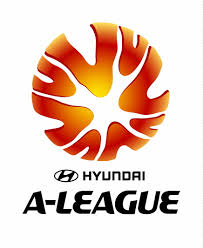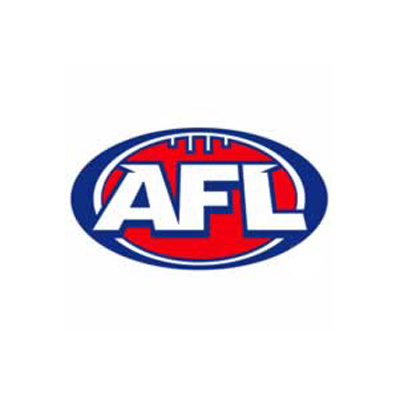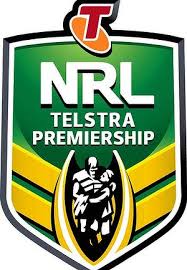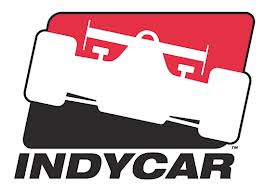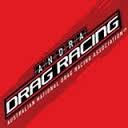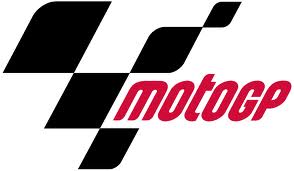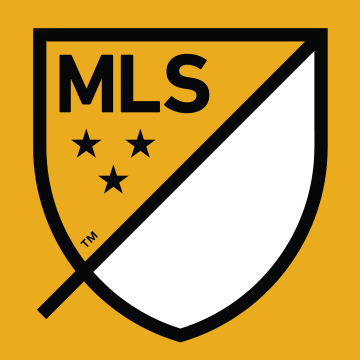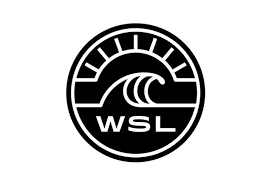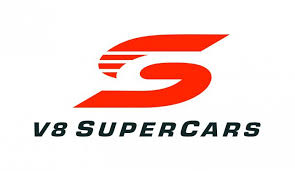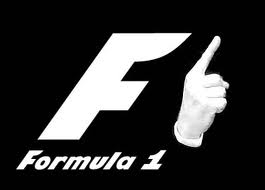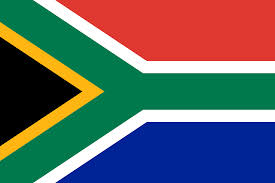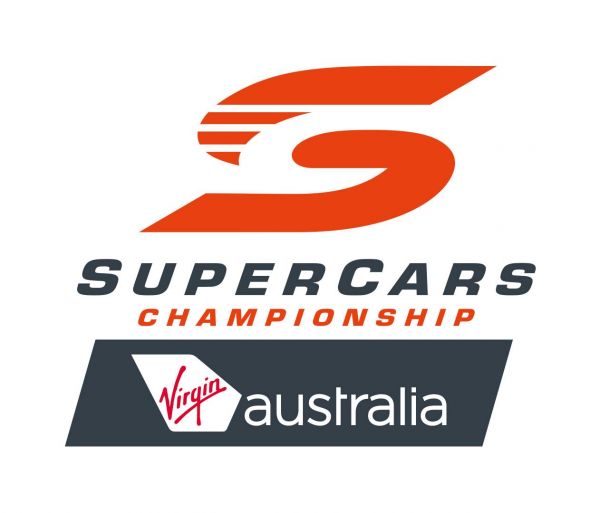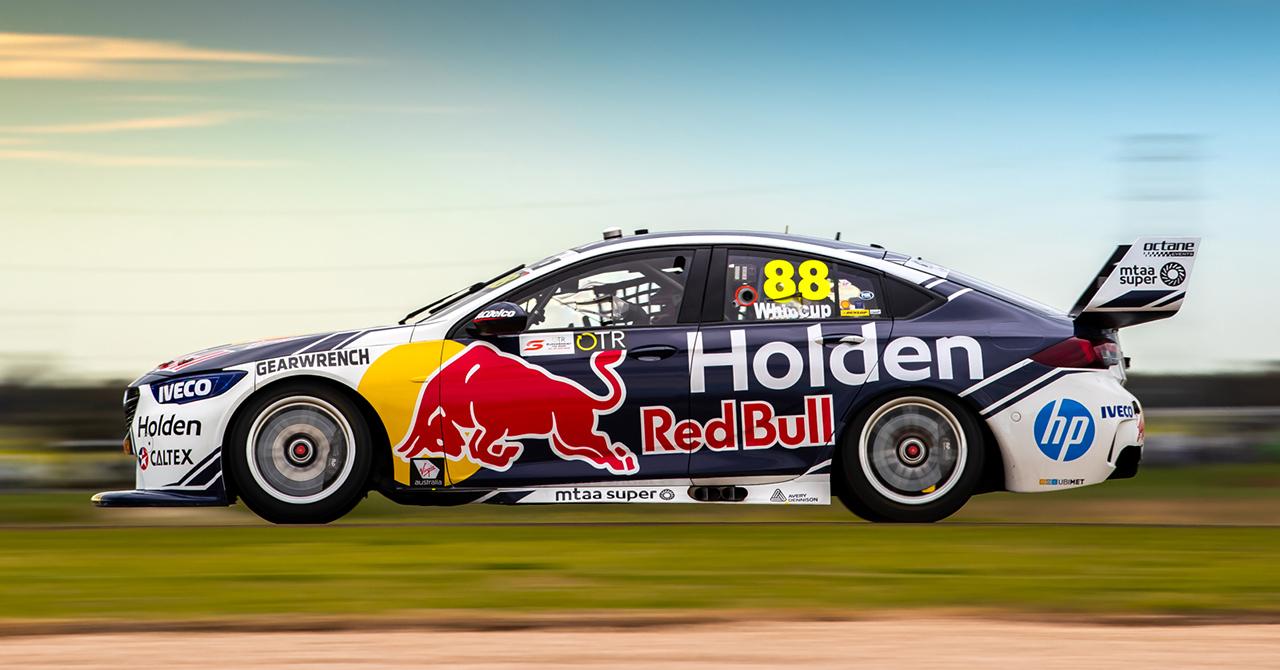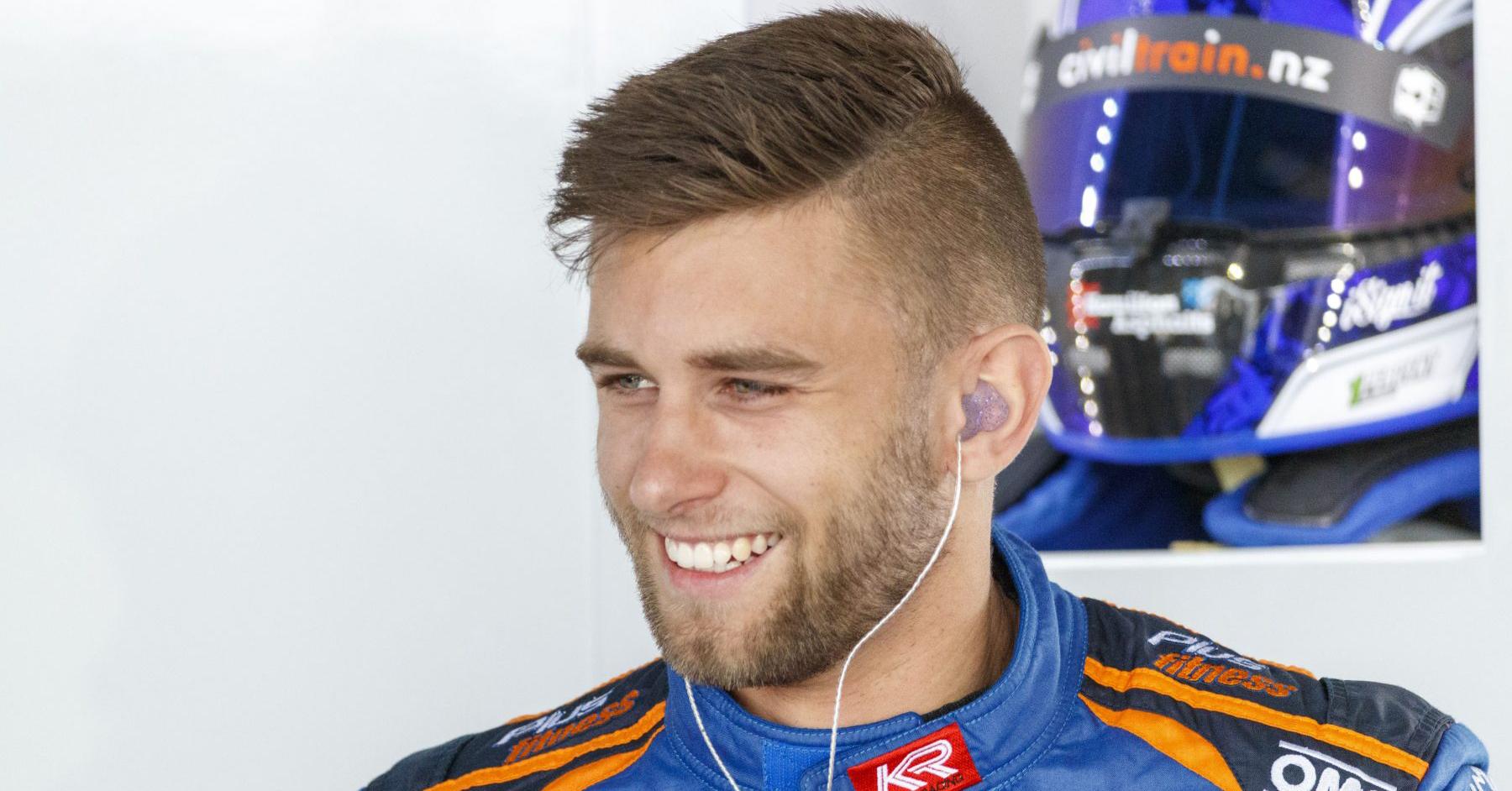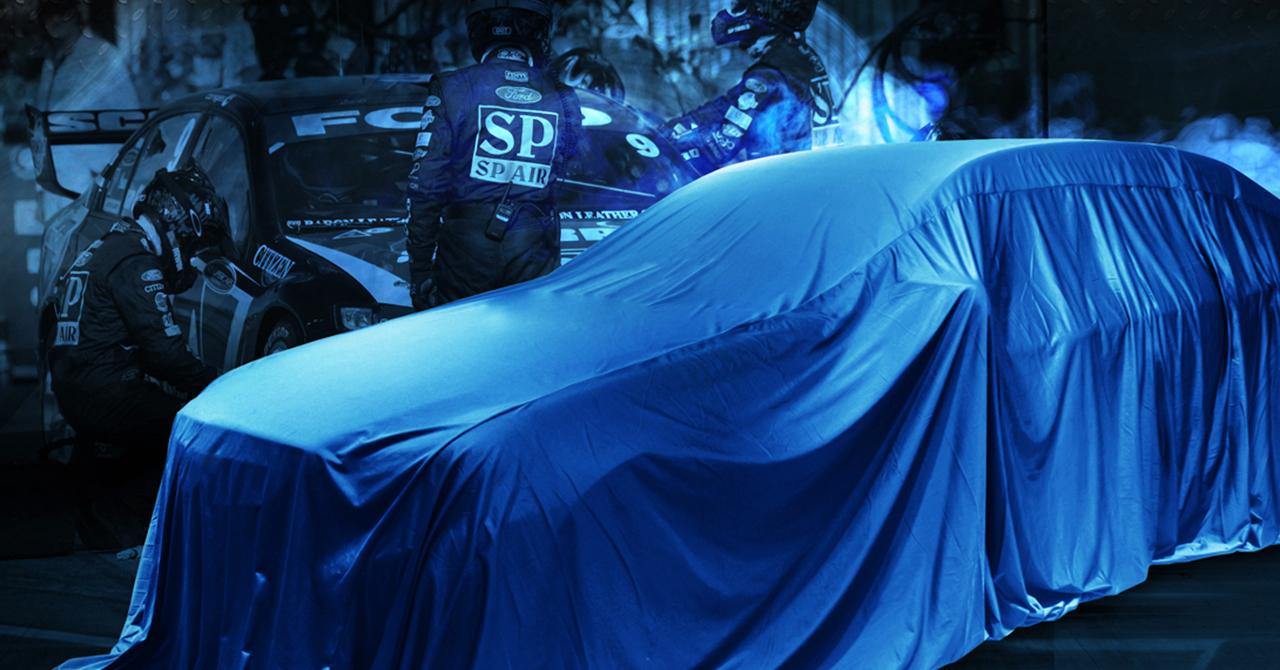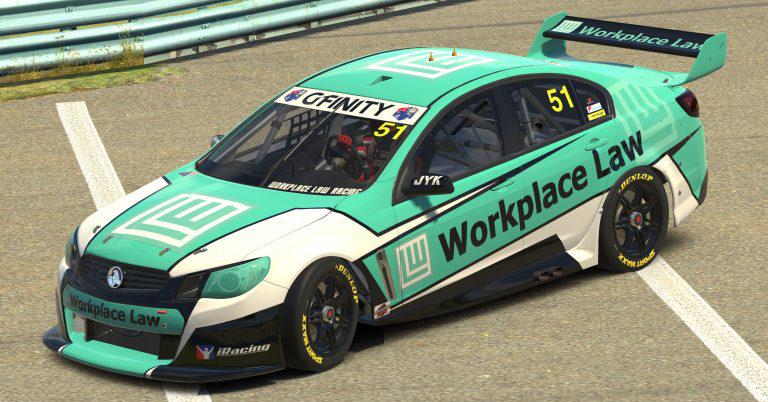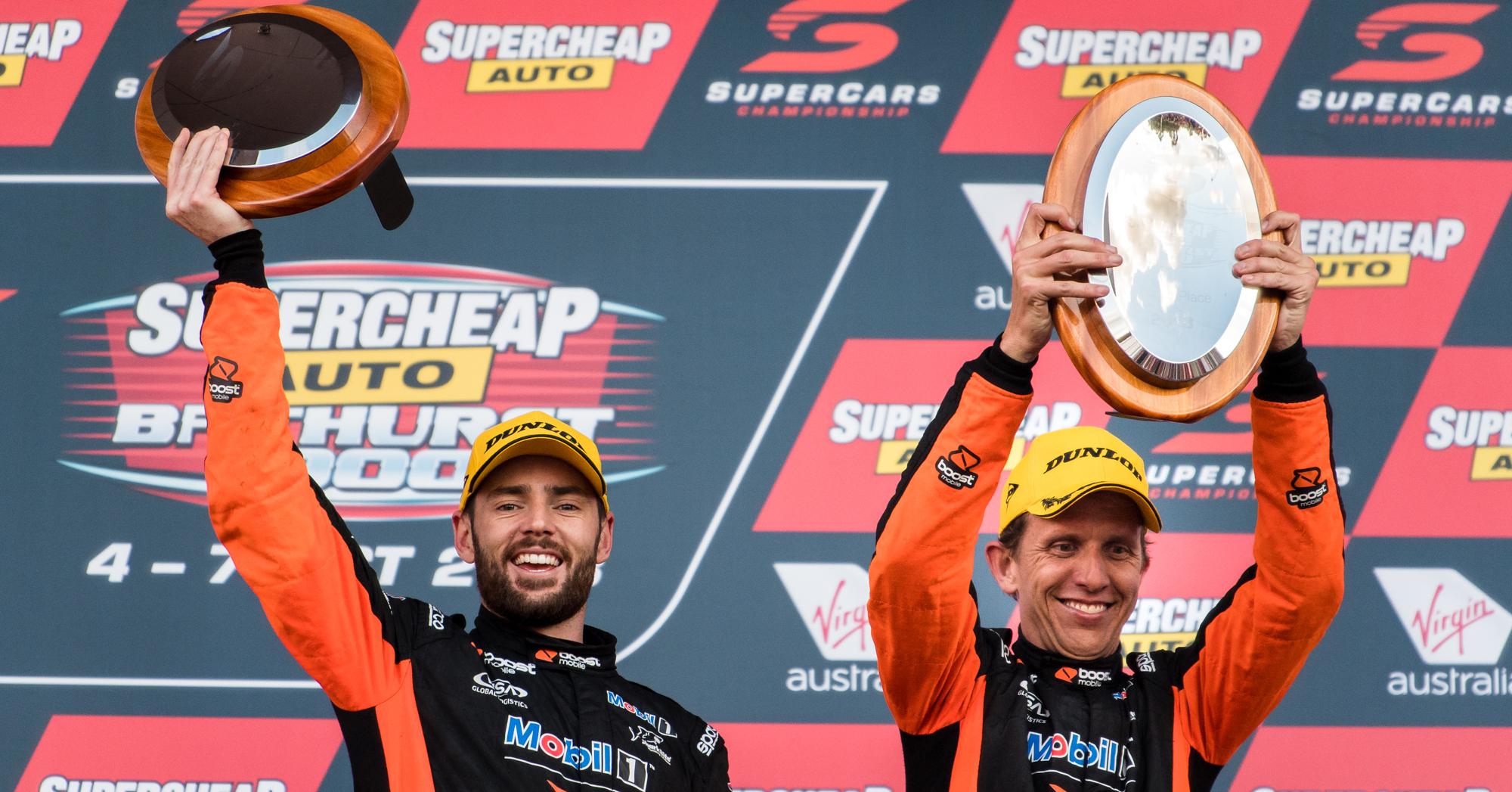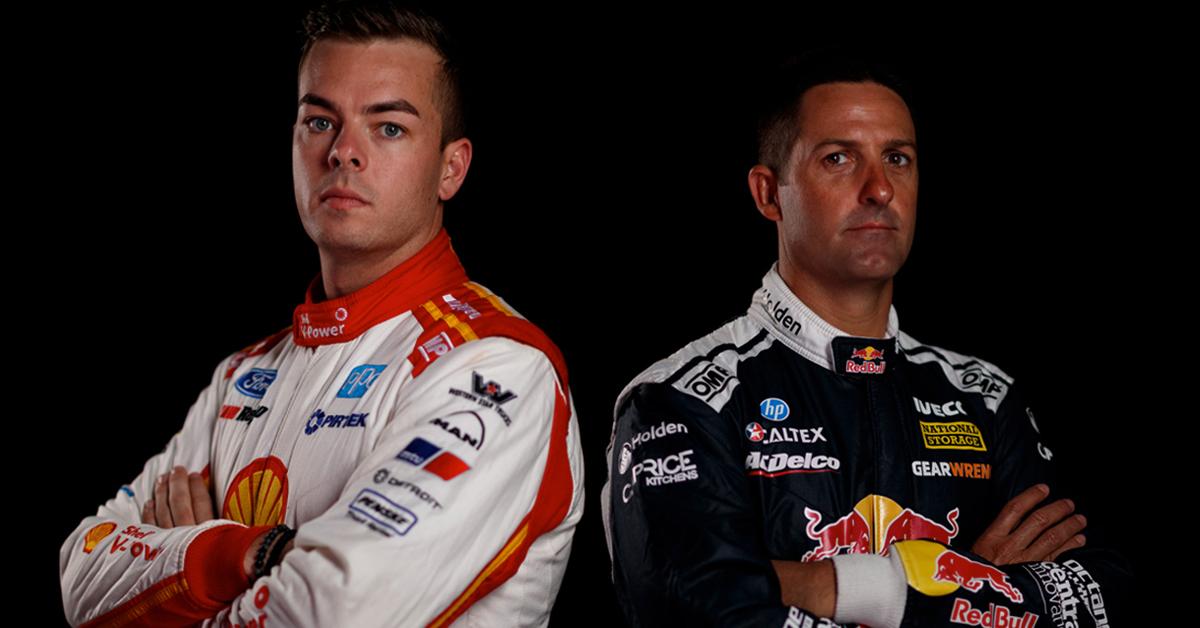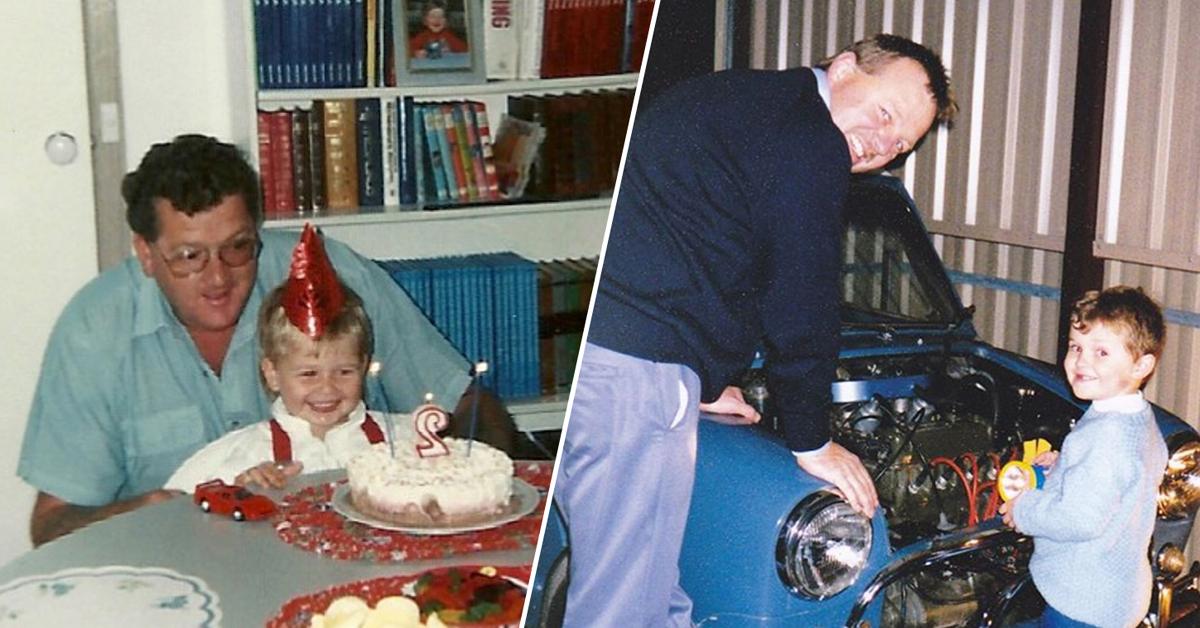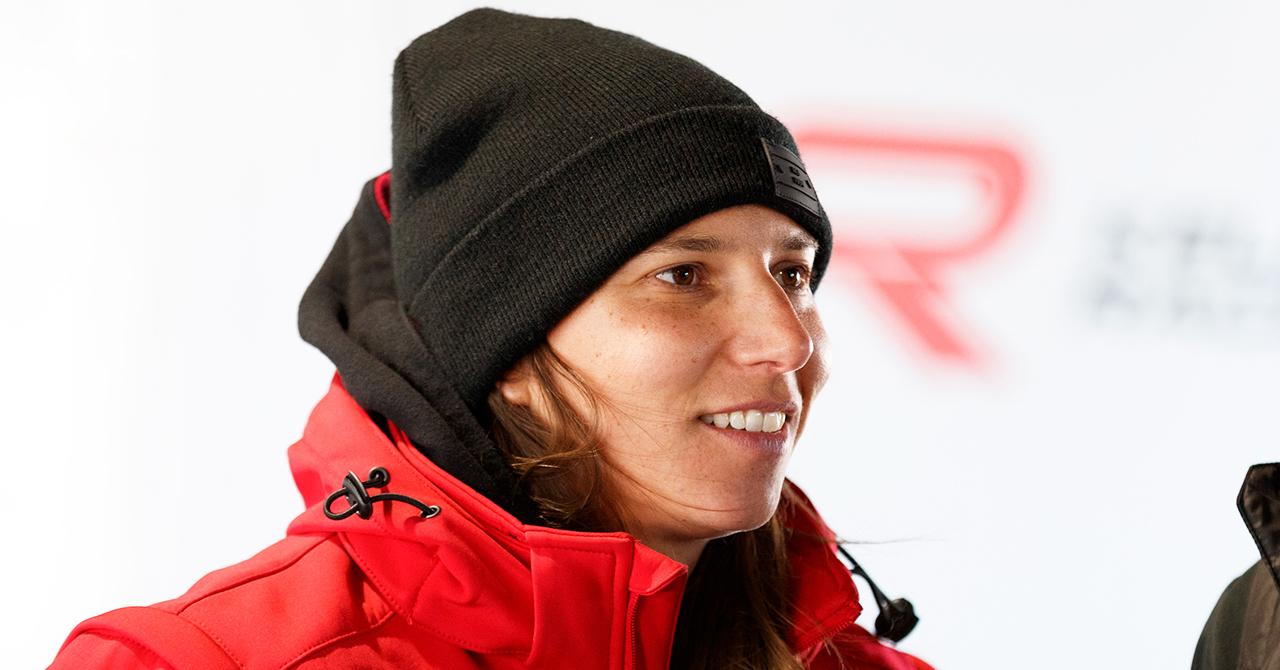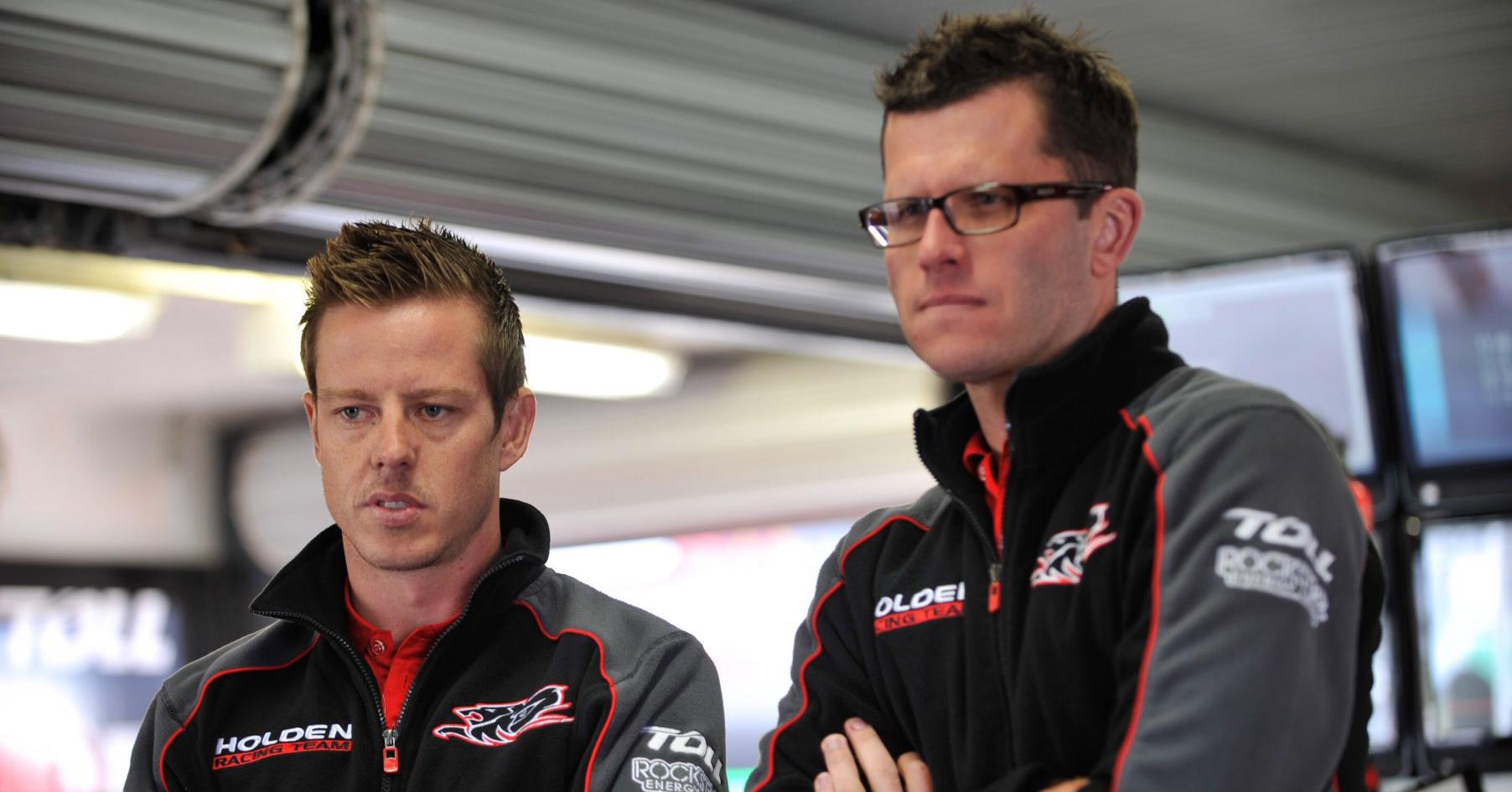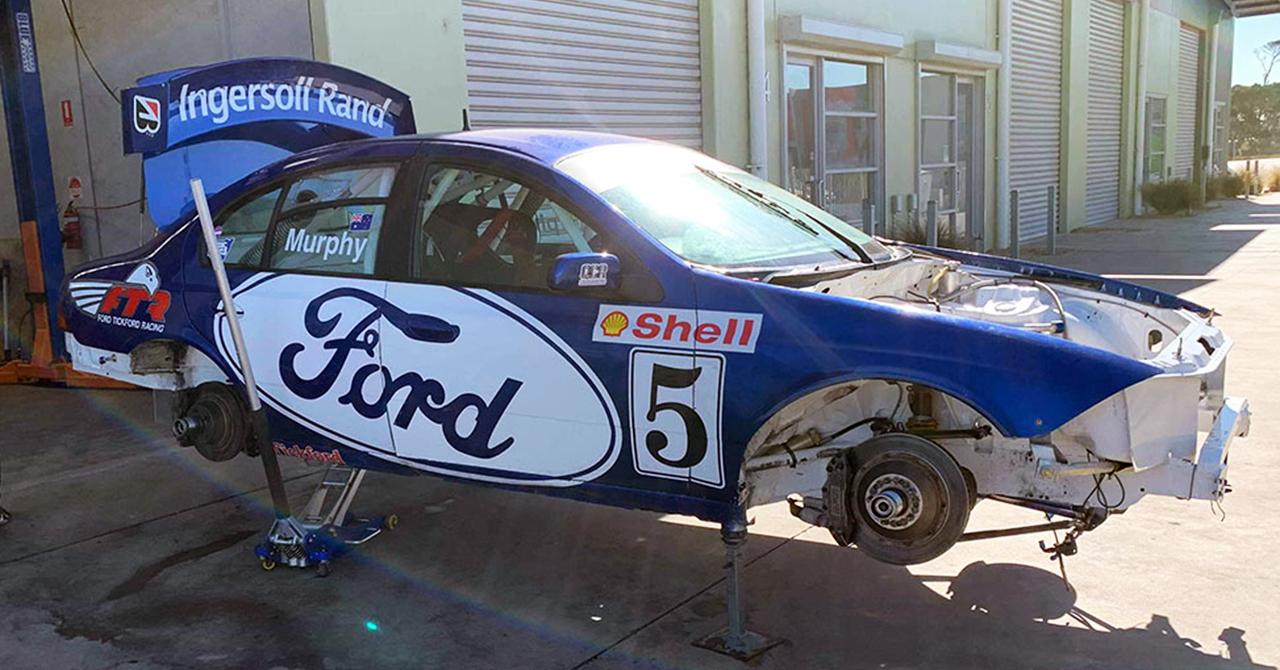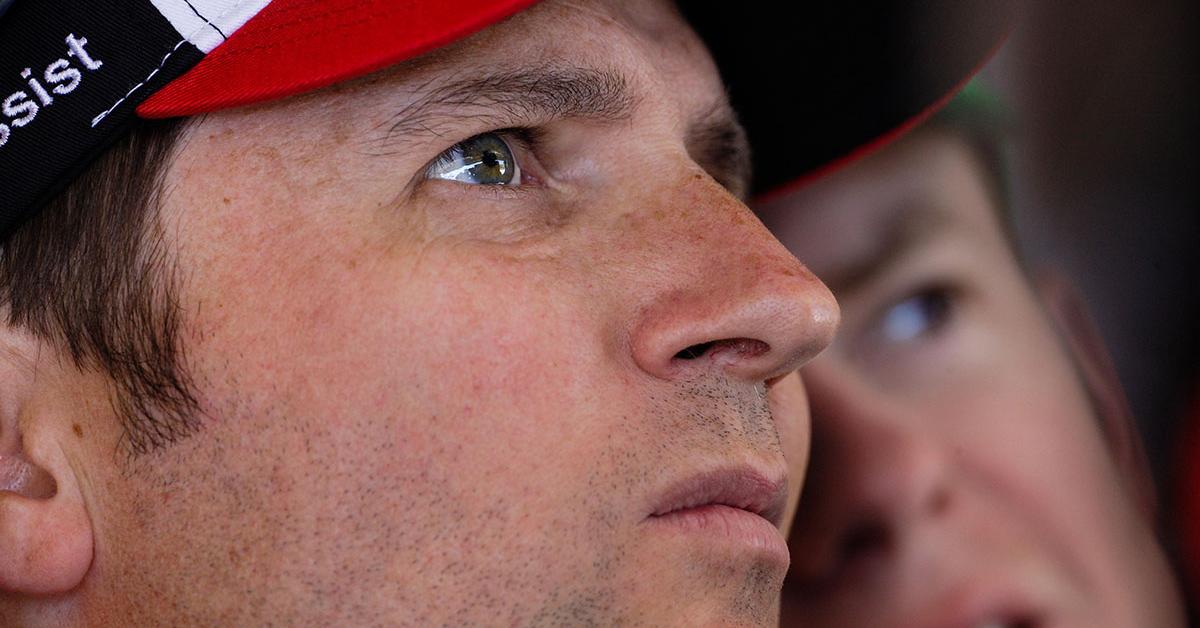
Vote for your favourite Castrol livery and the most popular will have a chance of returning to Bathurst on Rick Kelly's Supercar!
https://www.facebook.com/KellyRacingAus/videos/363638697919688/
Regional Sports News
Advertisers Specials
Australia Motorsport - Road Racing
Wilson Security Sandown 500 Race Report

As I have mentioned in previous years heading to Sandown always brings back memories of my early racing years and I am extremely proud to still be involved today.
I know that this report is about the race of 2017, but on Thursday when we got the crew together for a quick chat Barry asked a question of the team “what is the best result GRM have achieved at the Sandown Endurance event?”, Moff was the man that knew the answer, 2nd. Barry went on to explain to the Team that back in those days there was no computerised race timing and the race order was kept in check by each team providing a person to stand in the grand stand in the starting grid order and then swap positions as the cars did on track. Barry was 11 at the time and I sent him up there and during one of the pit stops when I passed Allan Grice he had to convince the person representing Grice that I had passed him! How things have changed.
Fast forward to 2017 and instead of the pole position car being a second quicker than the car in P2, this type of gap now separates over 20 cars. Many like to reminisce and sure there were some fantastic times, people love to recall the starting fields of 40 plus cars yet fail to recall that often less than half would finish and there were often 10 or more laps separating first and tenth. In my opinion, the racing and competitiveness of today’s era of Motorsport is much superior to that of the past. What we do miss are some characters in our sport and as much as I try and do my bit, I’m getting a little too old!
I’m sure most of you reading this would love a 10-minute commute to work every day, well that’s what makes us different to Joey (Joe Sullivan – Transporter Driver), Sandown is his least favourite round as the Volvo Globetrotter FH16 700hp doesn’t even get in to top gear on the trip from Dandenong South to Sandown. But, Joey is so committed that he leaves the workshop at midnight on Wednesday, drives to the truck stop 2.5k’s from our workshop, snuggles up in his bunk, sets his alarm for 6.00am, has his “truckie’s breakfast” and heads to the track. Well done Joey, we love you.
We certainly have been looking forward to the Endurance Races as it has been quite evident throughout the SuperSprint rounds that we have lacked a little regarding straight out qualifying speed, yet our engineers and drivers have certainly developed a car set-up that has maintained tyre life better than most and our race speed has consistently been in the top few all season.
As our cars rolled out of the truck on Thursday I was very proud in how they were presented. GT’s car was in a livery based on his very first car with GRM (VS Commodore) and Moff’s was based on a VL Commodore that his Dad (Allan) raced at Spa (Belgium) 30 years ago. I was particularly pleased to see Moff race with a livery that his Dad did, I think that was special for both my Team but also the Moffat family.
Friday, and it’s the co-drivers that have the first opportunity in the 30-minute session. The session began dry but rain threatened and ten minutes into the session the showers began. The remainder of the day was wet and there was no opportunity to run the cars with slick tyres during either of the remaining two practice sessions. From a Team’s perspective, this limits the ability to find the car set-up that works best considering the forecast for the weekend was fine. Normally during practice, the Engineers like to perform a race simulation run which is normally 10-15 laps at race pace and from this the tyre technicians can measure tyre wear and calculate the tyre wear over the race to ascertain optimum times for pit stops. The car also is set up quite differently for a wet track than a dry track and simply the suspension of the car is “softer” for wet track. As the forecast was fine for the race weekend Stiffy (Team Manager- Stefan Millard), Krusty (#33 Eng. Richard Hollway) and Lewis (#34 Eng. Manuel Sanchez) directed that the window for the set-up be kept like we anticipate would be required on the dry circuit. Following Friday practice the #23 Nissan of Caruso/Fiore was quickest with Tander/Golding 12th and Moffat/Muscat 21st.
With one final 20-minute practice on Saturday morning it was going to be particularly important as it was the only chance for Moff and GT to run on slick tyres prior to qualifying. As much as this session was run on slick tyres, the track still had areas that were wet. Turn 4 heading on to the back straight is in the shade and the sun had not dried that water at that corner. The result was that the drivers could not attack that circuit in the same manner as they would have to in the upcoming qualifying session.
Qualifying for the Wilson Security Sandown 500 is a three-part session. The first session is a traditional 20-minute qualifying session with the primary drivers in the car. This is followed by a 20-lap co-drivers race starting in the position that the primary driver qualified the car, then the primary driver also competes in a 20-lap race starting where the co-driver finished. The starting grid for the Wilson Security Sandown 500 is where the primary driver finishes in the final 20-lap race.
Following the initial qualifying it was Dave Reynolds (Erebus) who was on provisional pole. This was a tremendous effort and I was very happy for Dave and it was a wonderful reward for Betty and her team. GT did a very good job to be only 2/10ths back (8th) and Moff was a further 5/10ths back and in 21st.
Both Bieber (James Golding) and Meerkat (Richard Muscat) did excellent jobs in the co-driver race. Meerkat was in a position where often a lot can happen and he did an exceptional job to keep out of trouble yet also managed to work his way up 3 places to 18th. Bieb’s also raced cleanly and finished where he started after racing door to door with the experienced Dumbrell (888) for much of the race. Unfortunately, the race came to a premature end on lap 18 when Todd Hazelwood (Cooldrive Racing) was sent crashing and rolling at high speed as he braked at the end of the back straight doing 260km/h.
Over the years I have unfortunately witnessed many “bad”crashes and even worse have been involved in a few. When you see major destruction it really is heart breaking. Initially, you do not consider the equipment it is only the driver that you worry about and seeing young Hazelwood step out was certainly very positive. Of course, then you feel for the team involved and the work, financial cost and strain involved in rebuilding the car.
Unfortunately, the damage caused was not an overnight fix and Tim Blanchard/Todd Hazelwood would not make the start of the 500. Luke Youlden (Erebus) led from start to finish to maintain pole position for the #9.
The main driver race was won off the line by Cameron Waters (Prodrive) who jumped to the front from the second row and he led from McLaughlin (Penske) and Reynolds (Erebus). GT settled 8th and maintained that position throughout while Moff again moved the #34 forward a couple of positions to 16th.
Saturday evening and the general feel within our Team was good and we all looked forward to what Sunday may bring. The Engineers and drivers spent quite a bit of time in the truck working through potential scenarios that may occur during the race.
There are some components of potential race strategies that are “fixed” or non-negotiable and you attempt to engineer the race around those in a manner that works to your strengths. The aspects that are fixed are that the co-driver must complete a minimum of 54 laps throughout the race, the car uses 2.5l/lap of fuel under racing conditions, there is a minimum of 3 pit stops required and a driver change takes a minimum of 16 seconds. There is no minimum fuel drop throughout the race or compulsory brake pad change.
With this in mind it is best to start with the co-driver and get their 54 laps completed leaving the primary driver to complete the remainder of the race. 888 decided on a different approach with Van Gisbergen and Lowndes starting in their respective cars. The reason they punted on this strategy was they had finished the qualifying near the rear of the field. The issue in doing this is as the race unfolds and with the potential of Safety Car periods it may mean a driver change is needed when only 10 or so seconds of fuel is being put in the car and hence any track advantage gained can be lost as the car sits stationary waiting for the driver change and it may also result in the co-driver finding himself in the car in the final dash to the finish against the more seasoned campaigners. Certainly, such a strategy is a consideration as it is possible than Van Gisbergen with his experience could work his way to the front early, then hand over to Matt Campbell who could complete his laps in the middle stages handing back to Van Gisbergen to finish. This would require Campbell to race against the primary drivers in the mid stages of the race and so long as he didn’t lose too much time the strategy could result in a better position than otherwise would have been achieved.
Race time and it only took one lap for the Safety Car to come out with Taz Douglas going off in to the tyre barrier at turn 6. The race was red flagged (stopped) as the crash caused the tyres in the barrier to separate and the barrier had to be reconstructed. In total, the race was halted for 1 hour, resulting in in being reduced from 161 laps to 125. This did not affect the number of laps required by the each driver and that stayed at 54
Both Bieb’s and Meerkat began well and by lap 18 #34 driven by Muscat (Meercat) had worked forward and was in 11th position, #33 was 9th.
The first round of stops was completed during this period (lap 18-23). As much as I take it for credit I must acknowledge the ability of our pit crew. They regularly practice at work and at every race meeting arrive early each morning and complete pit stop practice while recreating all potential scenarios. This practice is vital so as the job becomes second nature, but it is only practice and the reality when the car comes screaming in to the pit bay with brakes at 800 degrees and the driver overshoots the markers by a foot and there is dust flying everywhere and other cars are coming and going around you the put crew do require a cool head to get the job done smoothly.
Stiffy has the crew extremely well drilled and I am very thankful of the excellent job that they do.
The next stop planned was lap 54 when Golding and Muscat would complete their stint. By lap 53 Richard Muscat had continued his excellent stint and was in 6th followed by James Golding. Within a two-car team it is the lead car on track that has priority to pit first. As they begun lap 54 Meercat went a little deep into turn 1 and lost a little momentum through turns 2 and 3, Bieber saw an opening and managed to squeeze down the inside of the #34 on the exit of turn 4 meaning he would stop first. Garth jumped in as the car was refuelled and wheels changed, the following lap Muscat pitted and Moff began his stint. Up front it was Richie Stanaway who had been doing a superb job off pole leading from Premat and D’Alberto (DJR Penske).
With 70 laps to the end following these stops the number that the Engineers were focussing on was lap 82 or thereabouts. This lap was important as from this point on the cars can make it to the finish on a full tank of fuel. The concern would be the ability of the tyres to last a stint of 40 plus laps, but following an inspection of the tyres removed from the previous stints by Joey and Squiddy (Mitch Feeney – Tyre Technician) we were confident that we could successfully complete and extended stint if necessary. The option to do this did not eventuate as the race ran green to the end. But, Krusty did see an opportunity to potentially move GT further forward if we stopped him early and opened the opportunity of an “undercut”.
An undercut is when you pit before those in front of you and when re-joining the circuit, the driver puts together a sequence of laps that are faster than the cars that are in front and when they eventually stop the gap between you and them has been lessened or potentially you may have passed them. Krusty called the #33 in on lap 85 while in 6th position. Moff was in 7th and Manuel called him to pit on lap 91. The advantage for Moff was he would have fresher tyres towards the end of the race which would be an advantage in the case of a late Safety Car, but that didn’t happen and Moffat/Muscat finished a very good 7th.
GT drove the wheels of the #33 and was closing rapidly on Coulthard (DJR Penske) and with a lap to go swooped down the inside as they approached turn 1 and moved to 4th. Waters (Prodrive) led from McLaughlin who was catching rapidly, but also getting caught behind slower cars and Mostert (Prodrive) was in 3rd. That is how they finished.
Sure, to have two cars in the Top 10 is a pleasing result, but it is not what we race for. Like everybody we want to win and Cameron Waters and Richie Stanaway both drove exceptionally well and are very worthy winners of the Wilson Security Sandown 500. I felt as though our cars got stronger and stronger as the race went on and that is indicative of how we have raced this season, let’s hope the Bathurst 1000 goes 1000km, because we are going there with some confidence and purpose. We can win!
I would like to acknowledge our drivers over the weekend. Mason Barbera (Super 2) finished in the Top10 on Sunday and in his first season has experienced many ups and downs, yet has always been very positive and is certainly learning. Richard Muscat and James Golding did not put a foot wrong all weekend, they drove smartly, took their opportunities and most importantly handed the car to their team mates in excellent order. Moff and GT well done and GT always the racer to the end that last lap pass on Coulthard symbolises your approach to racing.
I can’t wait to get to The Mountain!
Garry
MOMENT OF EXCITEMENT: Bieber’s Mullet
MOMENT OF DISAPPOINTMENT: Bieber’s Moustache
 - All Sports
- All Sports





